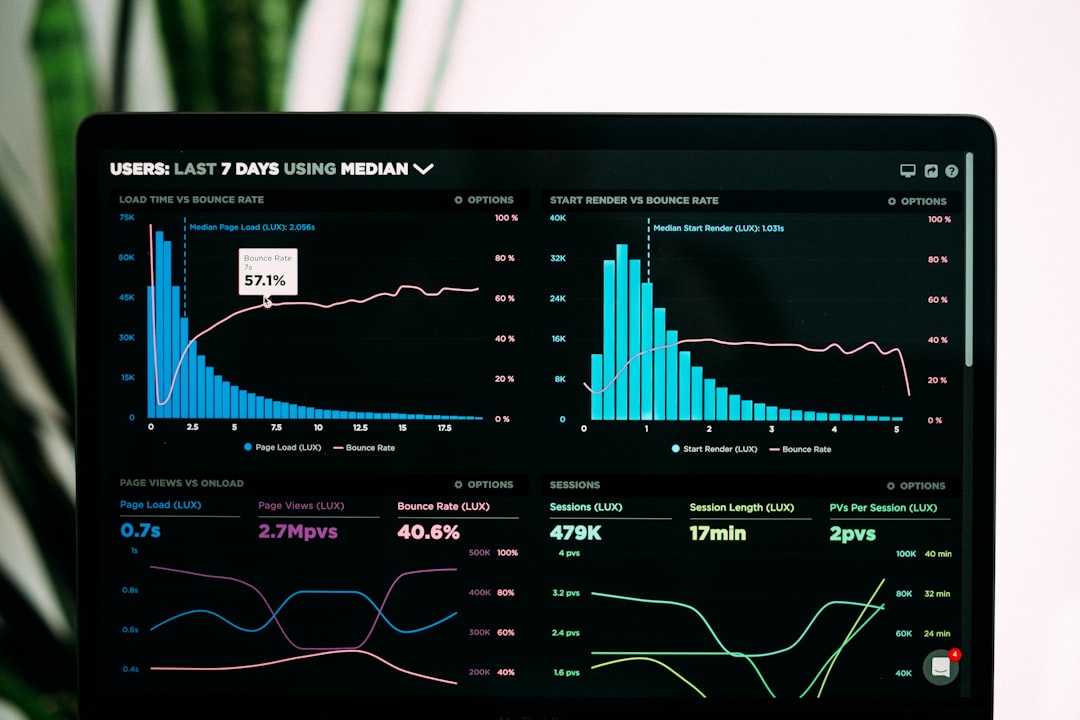
How to Create Economic Forecasts: A Comprehensive Guide
## Introduction. Creating economic forecasts is an essential skill for businesses, policymakers, and analysts alike. Accurate forecasts can provide vital insights for decision-making, helping stakeholders anticipate future trends and adjust their strategies accordingly. This comprehensive guide will explore the methods, tools, and best practices for creating economic forecasts. ## Understanding Economic Forecasting. Economic forecasting involves predicting future economic conditions based on historical data and current trends. These predictions can cover a wide range of economic indicators such as GDP growth, unemployment rates, inflation rates, and consumer spending. Accurate forecasting requires a solid understanding of economic theories and the ability to analyze complex data sets. The importance of economic forecasting cannot be overstated. In business, it helps in preparing for market changes, setting budgets, and planning production. For governments and institutions, it aids in policy formulation and effective resource allocation. Thus, mastering economic forecasting is a valuable asset for any economist or business professional. ## Data Collection: The First Step. The first step in creating an economic forecast is gathering relevant data. This data could include historical economic indicators, monthly or quarterly data on various aspects of the economy, consumer sentiment surveys, and external factors such as geopolitical events and global economic trends. Reliable data sources include government statistical agencies, central banks, and reputable financial institutions. In addition to quantitative data, qualitative information plays a crucial role in economic forecasting. Analysts should consider factors such as consumer behavior, business sentiment, and changes in regulatory environments. Collecting comprehensive data will provide a solid foundation for making informed forecasts. ## Selecting the Right Forecasting Methodology. There are various methodologies for economic forecasting, each with its strengths and weaknesses. Commonly used methods include: 1. **Time Series Analysis**: This method involves analyzing historical data to identify patterns and trends over time. It is particularly effective in stable economic conditions where past performance can indicate future outcomes. 2. **Causal Models**: Causal models use statistical techniques to establish relationships between different economic variables. This method can identify how changes in one variable, such as interest rates, can affect others, like consumer spending. 3. **Qualitative Approaches**: These approaches rely on expert judgment and market research to forecast future trends. Qualitative methods can be particularly useful when data availability is limited or in rapidly changing environments. 4. **Mixed Methods**: Combining quantitative and qualitative approaches can provide a more rounded forecasting model. For example, data-driven methods can be enhanced with insights from expert analyses or surveys. Deciding on the methodology will depend on the nature of the data available, the forecast horizon, and the specific economic indicators being assessed. ## Utilizing Software and Analytical Tools. In today’s data-driven world, utilizing the right software and analytical tools can greatly enhance the accuracy of economic forecasts. Statistical software like R, Python, and STATA are widely used for both statistical analysis and data visualization. These tools can handle complex datasets and run sophisticated models to derive forecasts. Moreover, business intelligence platforms like Tableau or Power BI can help visualize data, making it easier to communicate forecasts to stakeholders. These visualizations can illustrate trends and highlight key takeaways, ensuring that the forecast is easily understandable and actionable. ## Monitoring and Adjusting Forecasts. Economic conditions are dynamic, making it critical to continuously monitor the forecasts against actual economic developments. Regularly revisiting and revising forecasts in light of new data and trends ensures that they remain relevant and accurate. This involves tracking key economic indicators closely, identifying discrepancies between forecasts and reality, and examining the factors that may have caused any variances. Being prepared to adjust forecasts promptly allows organizations to respond proactively to changes in the economic landscape. ## Conclusion. Creating economic forecasts is a vital skill that can significantly impact decision-making in business and policy. By understanding the fundamentals of economic forecasting, collecting relevant data, selecting appropriate methodologies, and utilizing modern tools, you can develop forecasts that are not only accurate but also insightful. Remember, the key to successful economic forecasting lies in adaptability—be ready to revise and refine your forecasts as new information becomes available. In doing so, you not only enhance the accuracy of your predictions but also provide valuable insights that can guide strategic decisions for the future. .








